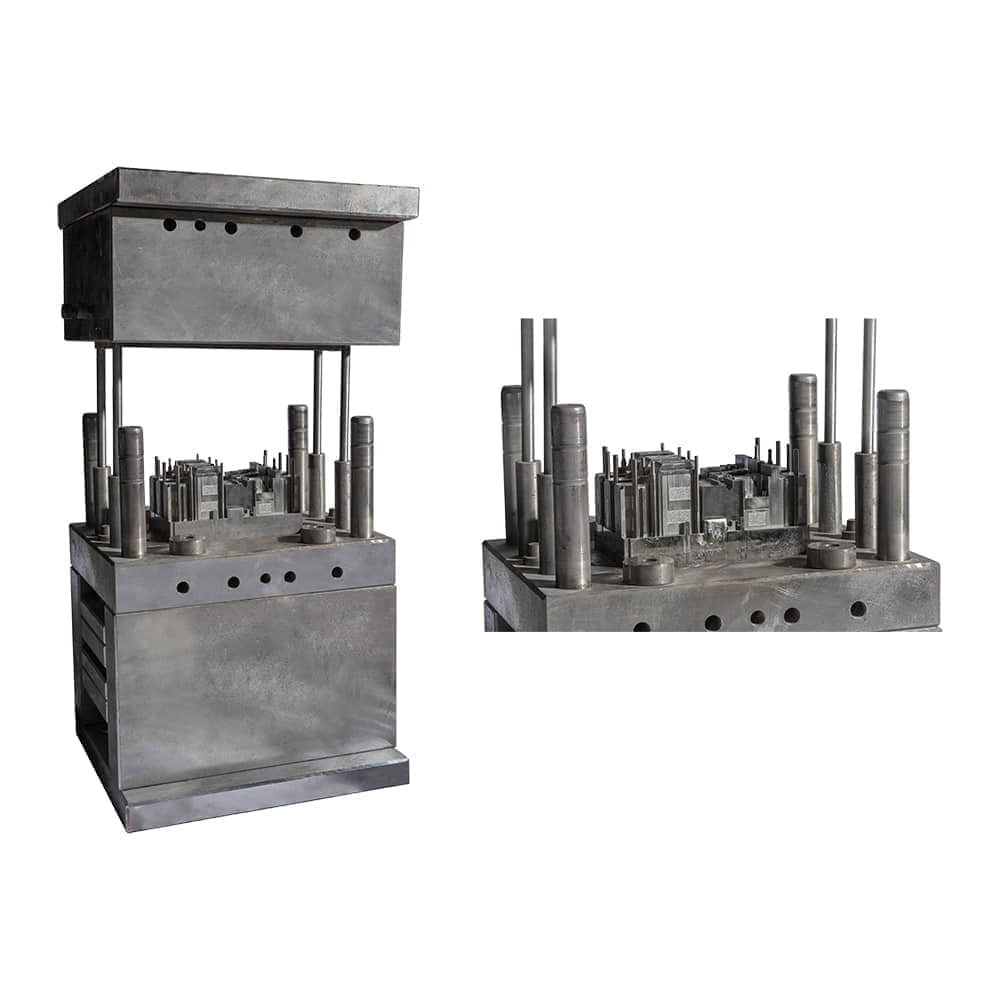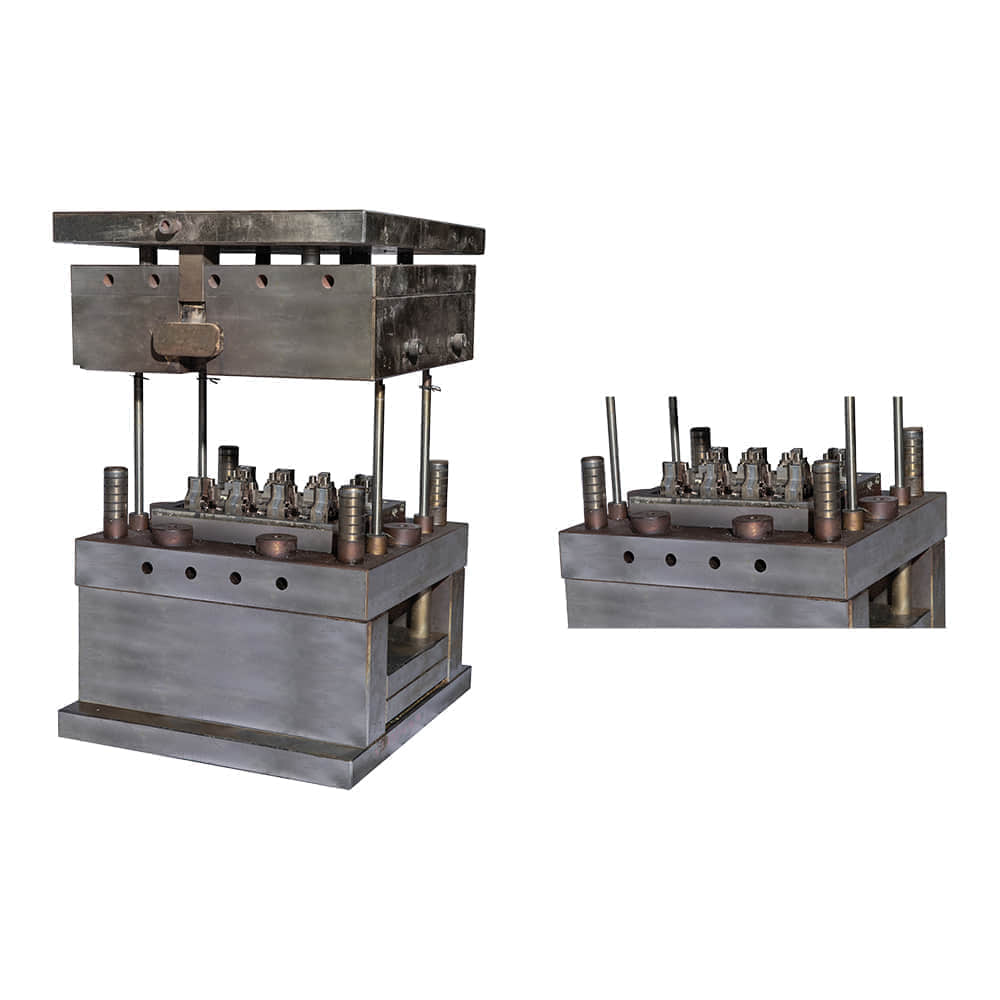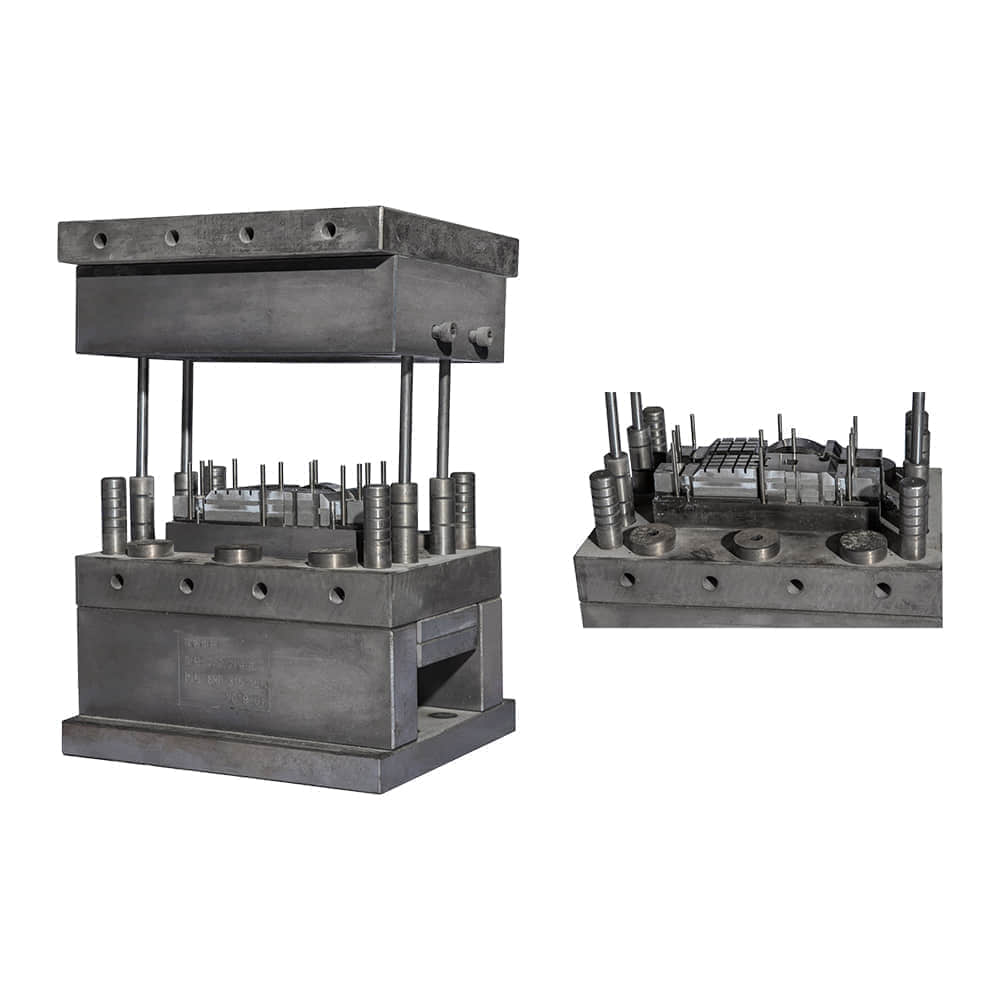SMC Molding: A Game-Changer in Composite Manufacturing

Composite materials have revolutionized various industries, offering a perfect blend of strength, durability, and versatility. Sheet Molding Compound (SMC) molding, a widely adopted composite manufacturing process, has played a pivotal role in this revolution. In this article, we’ll delve into the world of SMC molding, exploring its key aspects, advantages, and applications.

What is SMC Molding? SMC molding is a manufacturing technique that produces high-strength composite parts by combining thermosetting resins, chopped glass fibers, and other additives. The process involves several stages: Raw Material Preparation: The key ingredients are mixed to create the SMC compound, which typically consists of resin, glass fibers, fillers, and additives. This compound is then converted into sheets or rolls. Molding: These SMC sheets are placed into a mold cavity, often reinforced with a matched metal tooling surface. The mold is then closed, and heat and pressure are applied. Curing: The heat activates the resin, causing it to cure and harden. This stage ensures that the composite part maintains its shape and structural integrity. Demolding: Once the curing process is complete, the mold is opened, and the finished SMC part is removed. Advantages of SMC Molding High Strength: SMC parts exhibit impressive mechanical properties, including high tensile and flexural strength. They are capable of withstanding significant loads and are often used in structural applications. Corrosion Resistance: SMC parts are inherently corrosion-resistant, making them ideal for outdoor or marine applications where exposure to moisture is a concern. Complex Shapes: The molding process allows for the creation of intricate and complex part geometries, reducing the need for additional machining or assembly. Lightweight: Despite their strength, SMC parts are lightweight compared to many other materials, which can lead to weight reduction in the final product. Excellent Surface Finish: SMC parts have a smooth, aesthetically pleasing surface finish that often eliminates the need for additional finishing steps. Design Flexibility: SMC molding enables designers to incorporate features such as ribs, inserts, and threads directly into the part, reducing post-processing requirements. Applications of SMC Molding Automotive Industry: SMC is extensively used in the automotive industry for producing body panels, bumpers, and interior components. Its lightweight yet durable nature helps enhance fuel efficiency and safety. Electrical and Electronics: SMC parts are commonly found in electrical enclosures, circuit breakers, and other electrical equipment due to their electrical insulating properties. Construction: SMC is employed in the construction sector for manufacturing various building components, such as facades, cladding, and utility boxes. Transportation: SMC parts are used in buses, trucks, and trains for their durability and ability to withstand harsh environmental conditions. Renewable Energy: SMC is vital in the production of wind turbine components, such as blades and nacelles, owing to its lightweight and robust characteristics. Aerospace: SMC materials are also used in the aerospace industry for non-structural components that require high strength and flame resistance. In conclusion, SMC molding has significantly impacted the composite manufacturing landscape. Its ability to produce high-strength, lightweight, and corrosion-resistant parts with intricate designs has made it indispensable in various industries. As technology advances and the demand for lightweight and durable materials grows, SMC molding is poised to remain a driving force in composite manufacturing for years to come.
